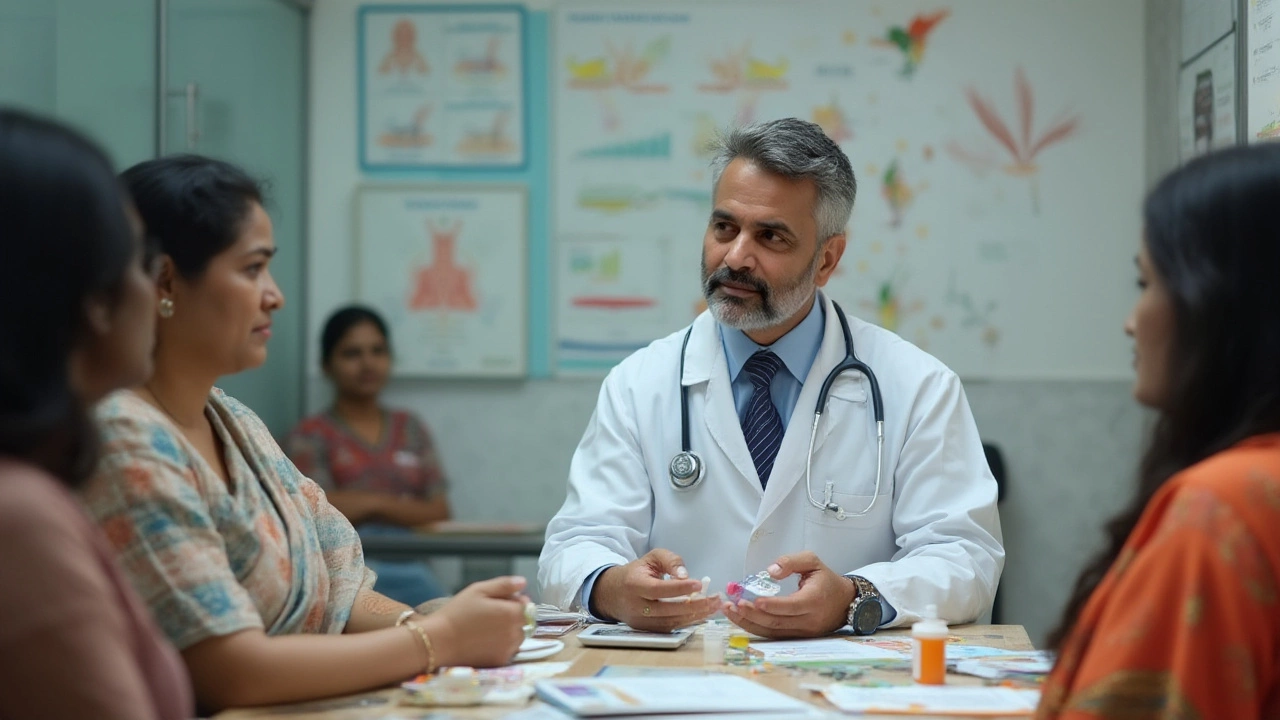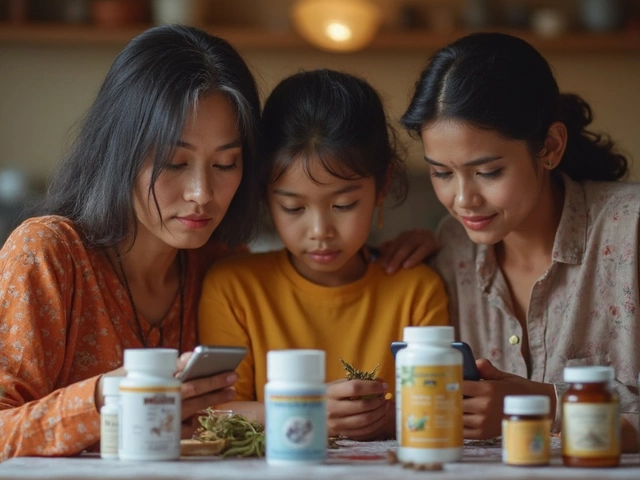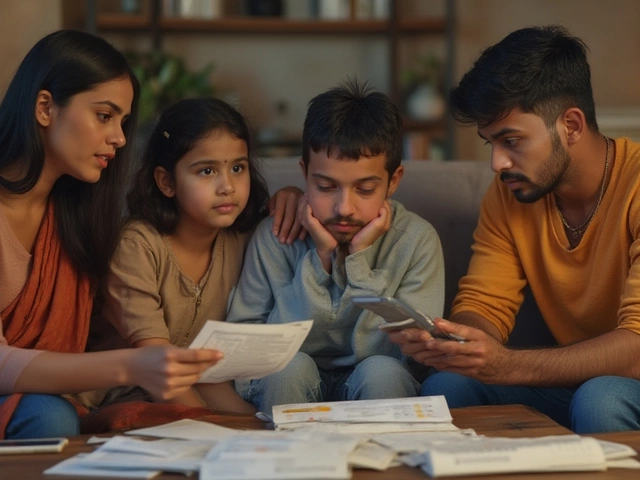SGLT2 Inhibitors – Quick Guide for Indian Patients
If you’ve been prescribed an SGLT2 inhibitor for type 2 diabetes, you probably have a few questions. How does it work? What should you watch out for? And are there any hidden dangers that Indian users need to know? This guide answers those questions in plain language, so you can feel confident about your medication.
How SGLT2 Inhibitors Work
SGLT2 inhibitors block a protein in the kidneys called sodium‑glucose co‑transporter‑2. Normally that protein reabsorbs glucose back into the bloodstream. By blocking it, the drug lets excess sugar flow out in the urine, lowering blood sugar levels without increasing insulin.
The effect is steady, and many people notice lower HbA1c numbers within a few weeks. Because the kidneys do the work, the drugs also help with weight loss and reduce blood pressure a bit. That’s why doctors often choose them when a patient also needs to lose a few kilos or control hypertension.
Safety Tips & Common Toxic Concerns
Even though SGLT2 inhibitors are generally safe, they do come with a few red flags you should keep in mind, especially in India where water quality and infection risks can differ from the West.
Urinary tract infections (UTIs) and genital yeast infections are the most frequently reported side effects. The extra sugar in the urine creates a breeding ground for bacteria and yeast. If you notice burning, itching, or unusual discharge, call your doctor right away.
Dehydration can happen because you’re losing extra fluid through urine. Drink plenty of water, especially in hot climates or when you’re sweating a lot. If you feel dizzy, light‑headed, or have a rapid heartbeat, it could be a sign you need more fluids.
Ketoacidosis is a rare but serious condition where your body produces too many ketones. Symptoms include nausea, vomiting, abdominal pain, and shortness of breath. It can occur even if your blood sugar isn’t super high, so don’t ignore these signs.
People with chronic kidney disease should only use SGLT2 inhibitors after a thorough check‑up. The drug’s effectiveness drops when kidney function is low, and the risk of side effects rises.
In India, some generic versions may have different impurity profiles. Always buy from reputable pharmacies and ask your pharmacist to show the batch number. If you ever notice a sudden change in taste, smell, or colour of the tablets, stop taking them and seek advice.
Pregnant or breastfeeding women should avoid SGLT2 inhibitors unless a specialist says otherwise. The safety data is still limited, and there’s a chance the drug could affect the baby.
Finally, combine the medication with a balanced diet and regular exercise. Cutting carbs drastically can increase the risk of ketoacidosis, while a steady, moderate diet keeps blood sugar stable and supports the drug’s action.
In summary, SGLT2 inhibitors are a useful tool for controlling diabetes, but they require a little extra attention to hydration, infection signs, and kidney health. Talk to your doctor about any pre‑existing conditions, keep an eye on side effects, and stay hydrated. With these simple steps, you can enjoy the benefits while minimizing risks.

What medication is replacing metformin for type 2 diabetes?
Metformin is no longer the only first-choice diabetes drug. Newer medications like GLP-1 agonists and SGLT2 inhibitors offer better heart and kidney protection, weight loss, and fewer side effects for many patients.

Top Alternatives to Metformin: What Doctors Are Prescribing for Diabetes in 2025
Metformin isn’t the only pill in town for diabetes. Discover what medications doctors in India are now prescribing instead of metformin to manage type 2 diabetes.




